I love my in-home urban jungle. It’s one of my favorite things to look at. I also grow my own herbs right outside my patio door, and there is something SO satisfying about being able to use the herbs you grow yourself in your everyday cooking.
As well, growing an indoor herb garden is a lot like inviting a little piece of the countryside into your home, minus the mud and the moles.
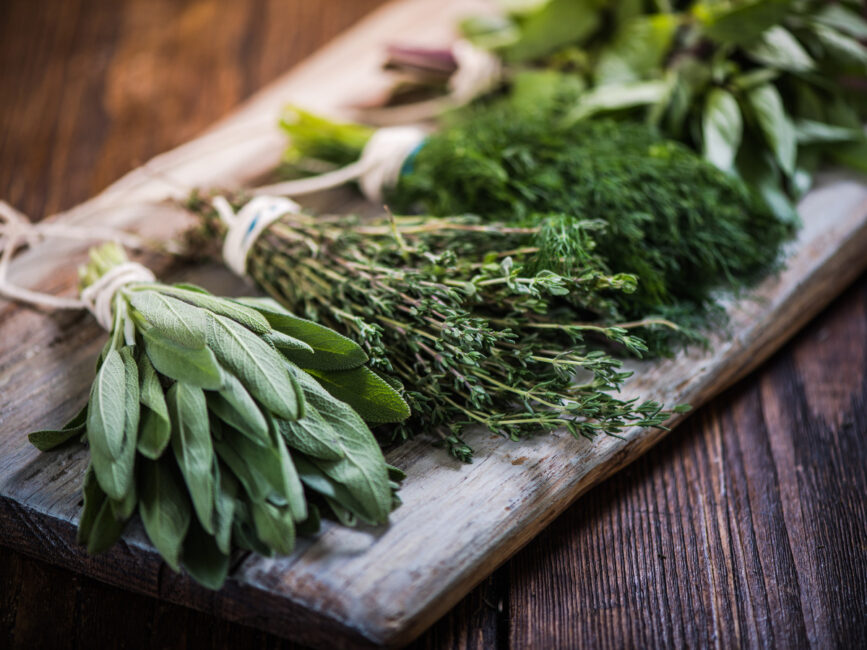
Over the past 20 years, homesteading and cultivating full gardens has become somewhat of a passion of mine, and that journey let me down the road of hydroponics. The idea of growing plants in water, without soil, using nutrient-rich solutions in a cleaner, more controlled environment, seemed right up my alley.
As a result, I experimented with a few hydroponic systems and discovered some of the best methods to grow healthy, vibrant plants.
Here are top 10 favorite tips for starting your own indoor herb garden and bring fresh produce to your own kitchen.
1. Choose Your Herb Squad
The first step to becoming an indoor grower is to select the VIPs of their garden. Some of the most common kitchen herbs include basil, mint, parsley, cilantro, chives, oregano, and thyme. Assembling your cooking dream team is one of the funnest parts of the process!
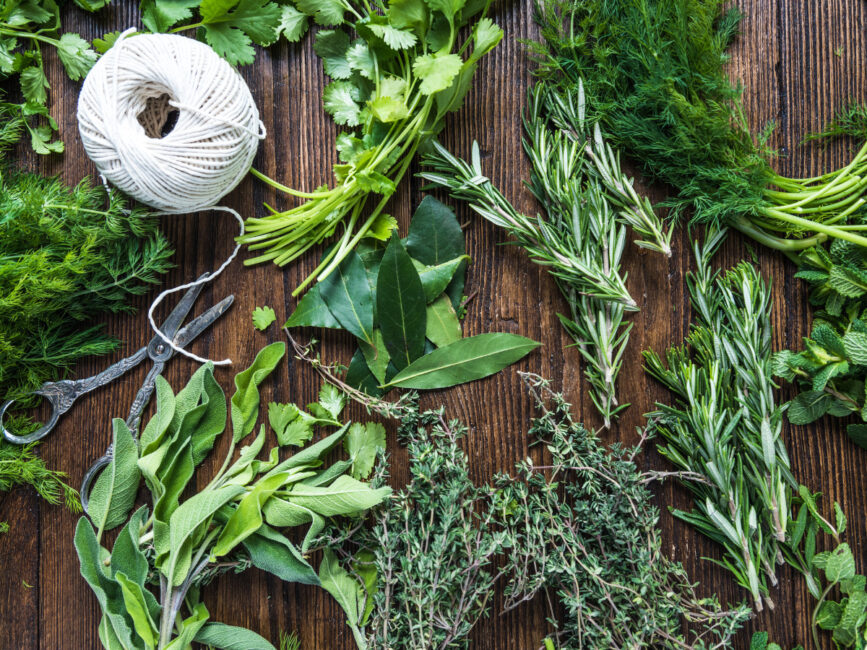
2. Pick the Right Pots
Pots are basically homes for your herb plants, where they will live and thrive. To prevent issues like root rot and provide good drainage, always choose pots with drainage holes at the bottom. Material is also a big deal. Do you want the breathability of terracotta? Or the insulation of plastic pots? How big is the root ball? Will you need a larger pot or a smaller one? These choices will depend on the individual needs of each herb you choose to grow. Some might like to dry out, while others enjoy a consistently moist soil. Doing the research is a great way to make sure each plant thrives.
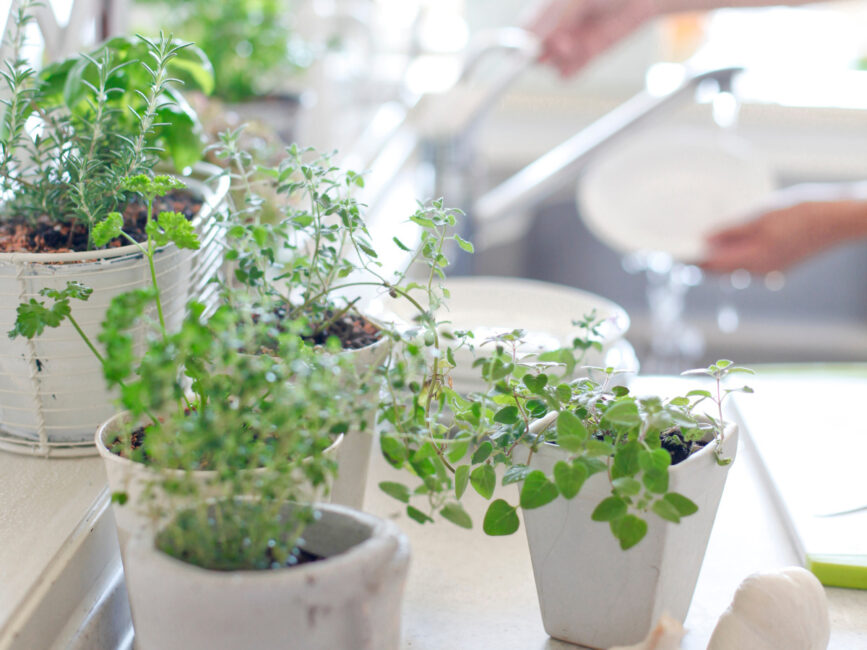
3. Get a High-Quality Potting Mix
Ditch the garden soil and go with a high-quality potting mix. Make sure it’s a well-draining potting mix, so you can cater to the needs of both annual herbs and perennial herbs with the right balance of nutrients and moisture. Your soil is the foundation of healthy herb growth for your indoor plants.
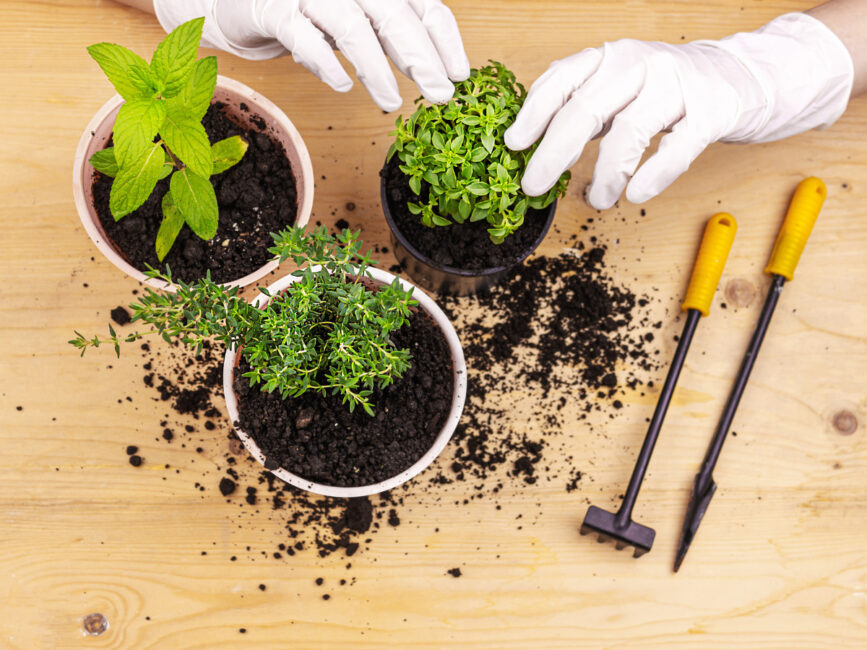
4. Find the Right Lighting
Light is such an important element to your kitchen herb garden. When plants aren’t getting enough light, they tend to grow leggy in order to stretch for the light they need, and no one wants all stems and minimal leaves on their plants. To make sure your herb plants receive enough light, you can keep them on a sunny windowsill at a south-facing window. It offers tons of natural light, and is the most likely area to satisfy the amount of direct sunlight your herbs need. Don’t have a ton of ample light, or have less light during the shorter days of winter months? Getting an LED grow light can do the trick so that your herbs have easy access to the light they need.
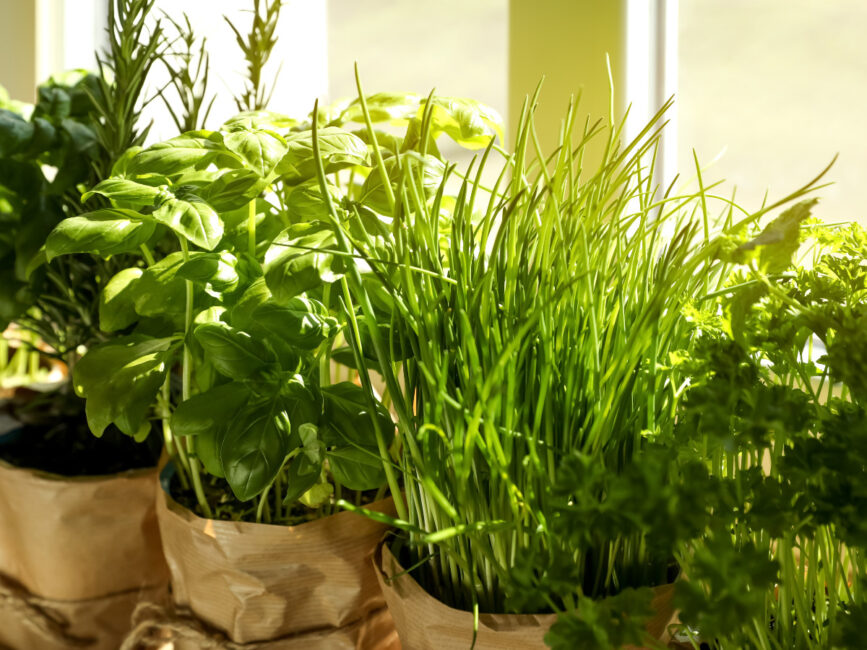
5. Plant the Seed or Young Plant
It’s much easier to start with young plants than to grow from herb seeds. Germination is a tricky process, and one that takes a while to master. Either way, you’ll also need to designate enough space for each plant so they aren’t fighting for nutrients. (I’ve seen it happen. It’s an all out brawl.) Using separate pots for different herb types is your best bet because it allows you to cater to each plant’s individual watering needs and growth habits.
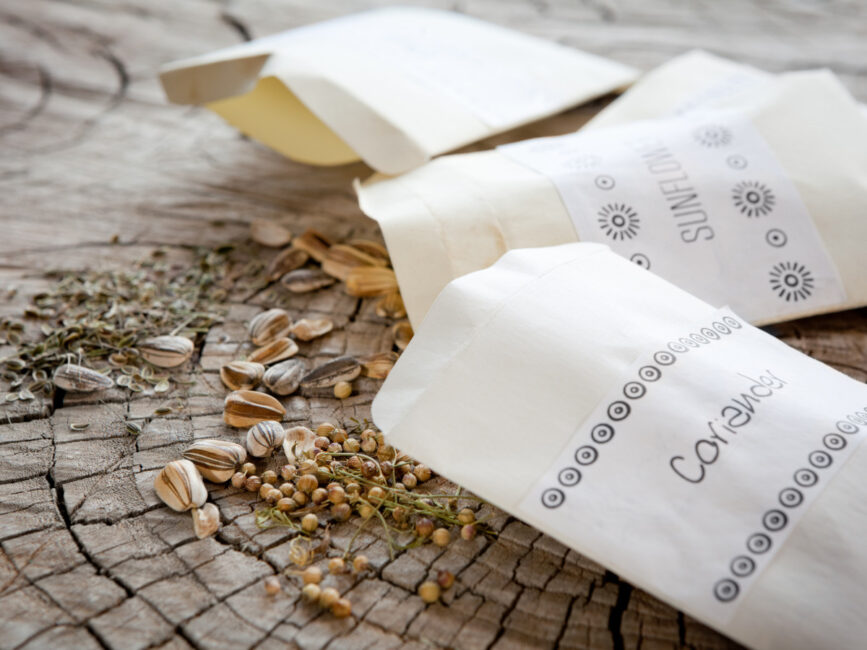
6. Water Your Plants
Watering your herbs can be somewhat of a balancing act, and too many people get it wrong at this stage and kill their plants by drowning them. Likewise, leaving your plant too thirsty too often can also be detrimental. You’ll want your to make sure your soil is moist but not waterlogged. My personal test for whether to water or not is to check on the plants twice a week. Wednesdays and Sundays are my days. And I do the finger test. Stick your finger in the soil up to your first knuckle. Is the soil moisturized? Wait til the next watering day. Is the soil dry? Water it. It’s truly that easy.
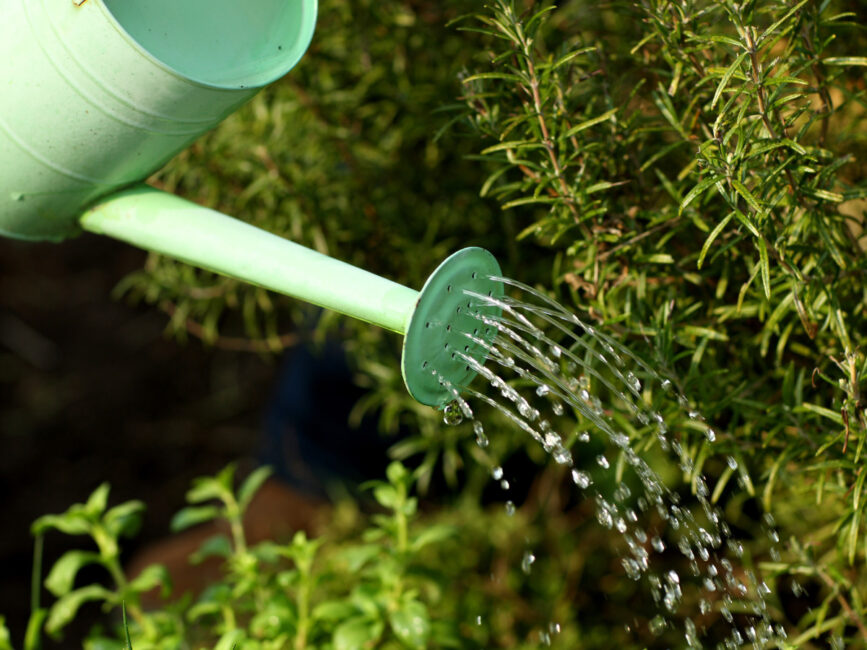
7. Fertilize Your Plants as Needed
Herbs aren’t high-maintenance when it comes to fertilization. They require minimal fertilization to grow, and giving them too much will give them a weird taste. You’ll also need to look into the care needs of 2 types of herbs. Slow-growing perennial herbs with needles, small leaves, or woody stems like mint, bay laurel, oregano, rosemary, sage and thyme will need much less fertilizer than faster-growing annual and biannual herbs with larger leaves like basil, cilantro, dill and parsley. If you do fertilize, use a gentle dose of plant food or a half-strength liquid fertilizer, as it encourages new growth without overwhelming your plants.
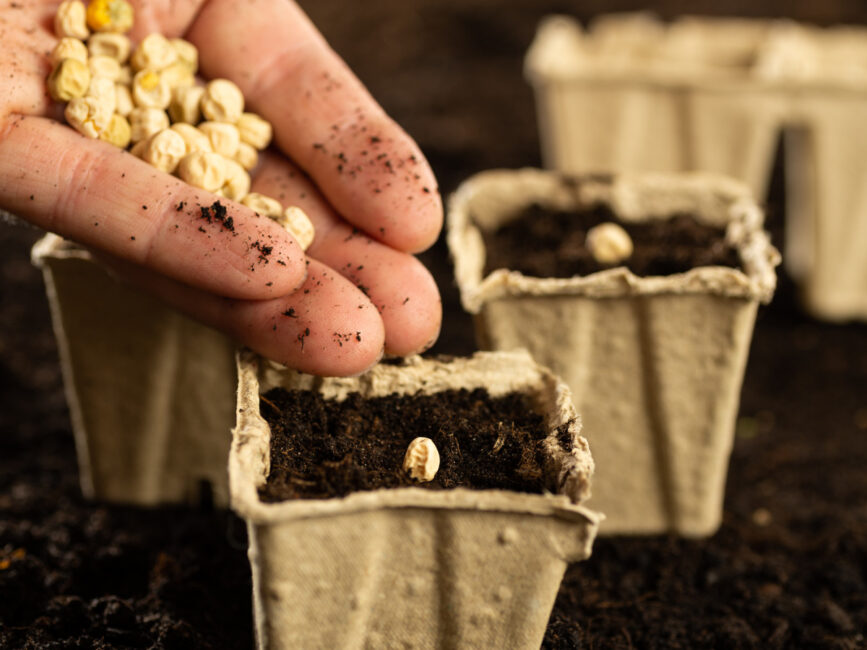
8. Prune Those Herbs
Pruning isn’t just about looks. It also encourages bushier, healthier growth! Be sure to regularly harvest new leaves to encourage new growth at the base and prevent your plant from becoming leggy. Pruning is the key to a lush, full herb garden!
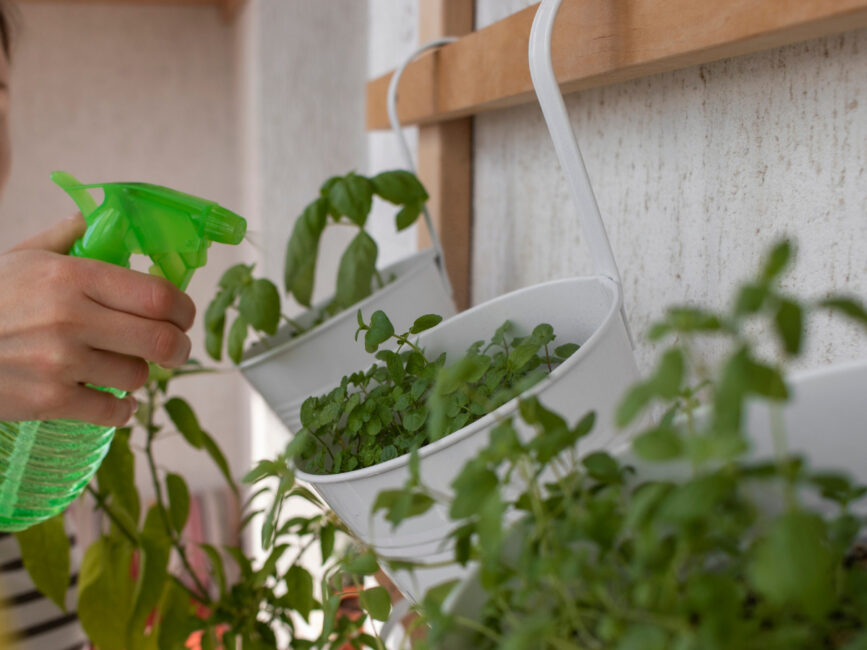
9. Incorporate Pest Control
Even the most well-kept indoor gardens can attract unwanted guests. Thrips, mealy bugs, aphids and/or spider mites eventually become the bane of almost every indoor gardener’s existence. That’s why keeping a vigilant eye on stems and the backs of leaves is a good practice. Learning the signs and symptoms of the presence of pests will help you diagnose issues when it comes to harder-to-see bugs like spider mites. And because you intend to consume these plants, it’s incredibly important that you utilize natural pest deterrents. Harsh chemicals can be absorbed by your plant and harm you in the long run, so opt for more organic methods.
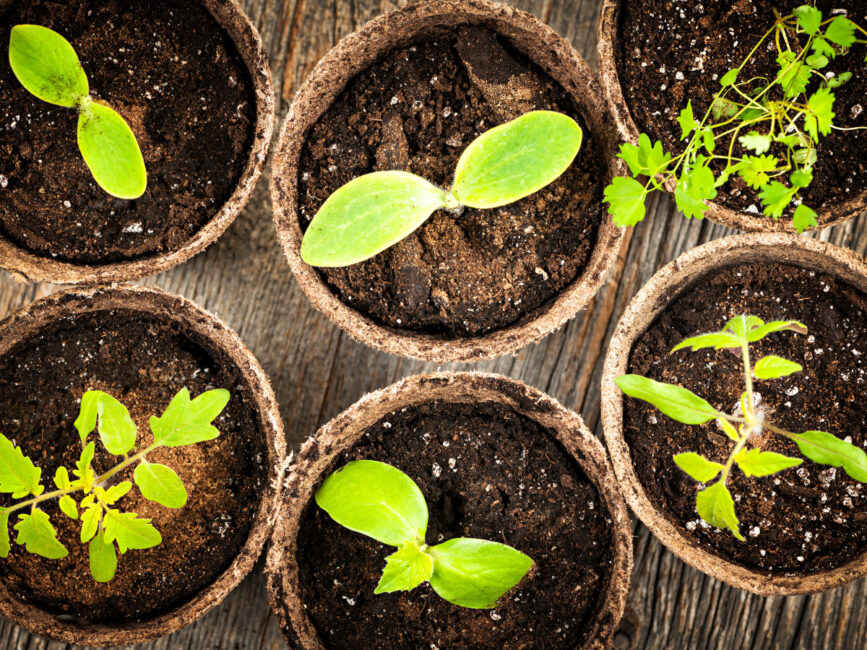
10. Provide Good Air Circulation
Good air circulation is great for preventing issues like powdery mildew and other fungal diseases. You can do this by making sure there’s space between pots and that the air in your indoor garden circulates freely. However, having your plants near a heater or air conditioner vent can do them a world of harm, so make sure to move them to areas where they are away from inorganic airflow.
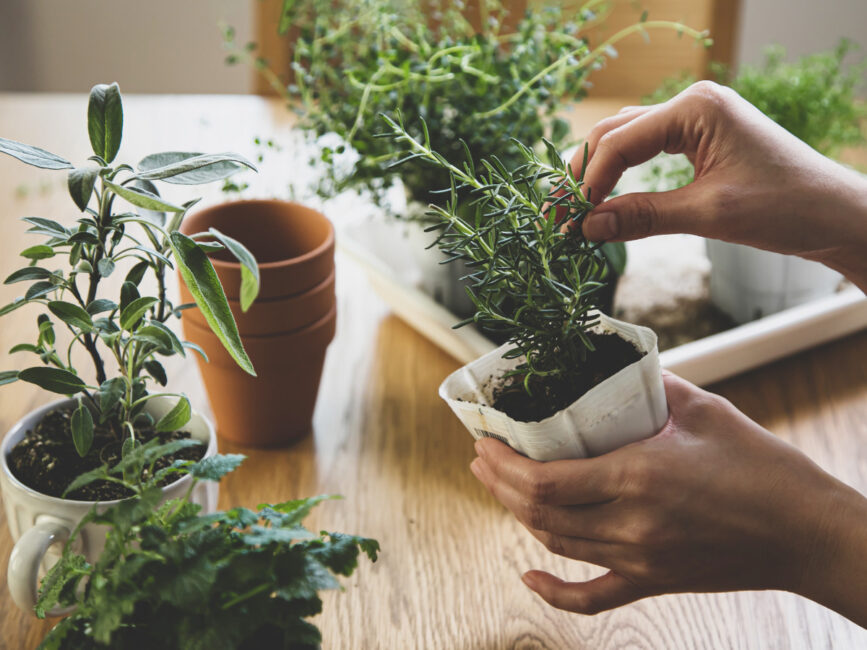
Tips for Success:
- Start Small: Begin your indoor gardening journey with a manageable number of plants. This will allow you to learn and adapt as you go, and gradually expand your garden as your green thumb grows.
- Herb Grouping: Plant herbs with similar lighting and watering needs together to make care easier and enhance the overall health of your garden.
- Harvesting: Pick leaves regularly to encourage new growth, and create fuller, bushier herbs.
- Repotting Plants: Some herbs may need to be repotted periodically to maintain their vitality and keep them from becoming root bound.
FAQs on Indoor Herb Gardening
What are the best herbs to grow indoors?
The best herbs for indoor gardening include basil plants, mint plants, parsley, cilantro, chives, oregano, and thyme. These plants are all fairly resilient and you’ll end up using them a lot in your cooking.
How do I make sure my indoor herbs get enough light?
Herbs need about 6-8 hours of sunlight each day. Place them near a south-facing window or, in less sunny locations or during shorter days, use an LED grow light to give them enough light.
How often should I water my indoor herbs?
Water your herbs when the top inch of the soil feels dry to the touch. This easy-to-remember trick will help you keep the soil moist but not waterlogged, and avoid root rot.
Do indoor herbs require fertilizer?
Some do, and some don’t. So be sure to do your research! Plant apps like Planta and Vera can help you track fertilization needs and alert you when it’s time to fertilize.
How do I prevent pests from infesting my indoor herbs?
Keep the area clean and monitor your plants regularly. Use natural remedies at the first sign of infestation.
The AeroGarden Harvest Herb Garden
The AeroGarden Harvest Herb Garden is an amazing way to start your own indoor garden! It’s a compact system that’s perfect for small spaces or your kitchen window sill, and it lets you grow up to six plants without soil. This is the perfect system for first-time growers who are looking to add fresh herbs to their cooking.
It also features a 20W LED light that simulates natural sunlight so you can keep it anywhere, including north-facing or west-facing windows. It’s especially great for those who don’t have enough space outside or who live in places with harsh outdoor conditions. The kit includes everything you need to get started, even a variety of plants themselves, so you don’t have to take a trip to your local garden center.
Get Growin’!
We hope that you enjoyed these tips, and that they help you to transform your living space into a lush, green haven. With a little patience and care, you too can have the lush indoor herb garden of your dreams. Do you have a favorite herb to grow? We’d love to hear about it! Be sure to comment below with which herbs you’re growing and your favorite meals to make with them!
AeroGarden Harvest Indoor Herb Garden Giveaway
Do you want to win your own aerogarden herb garden? Enter below to win your own!








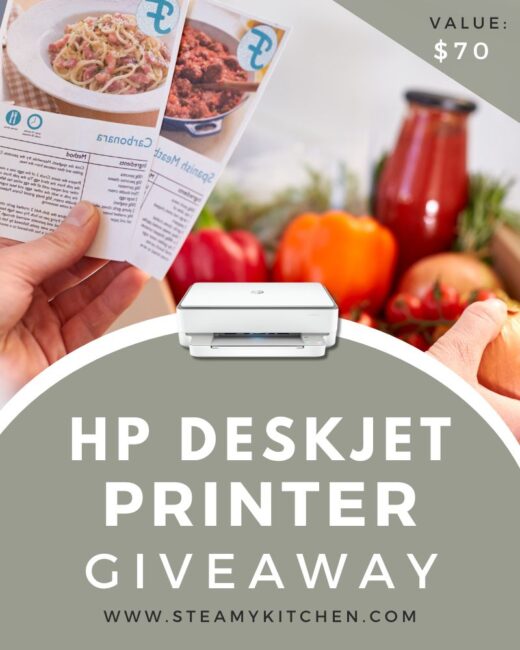

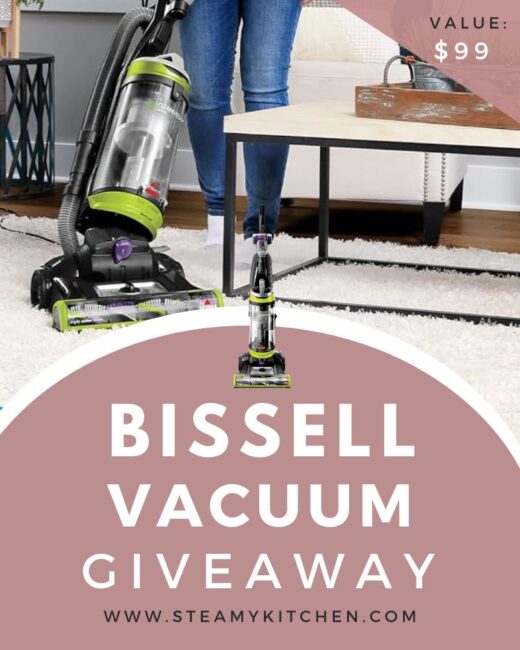










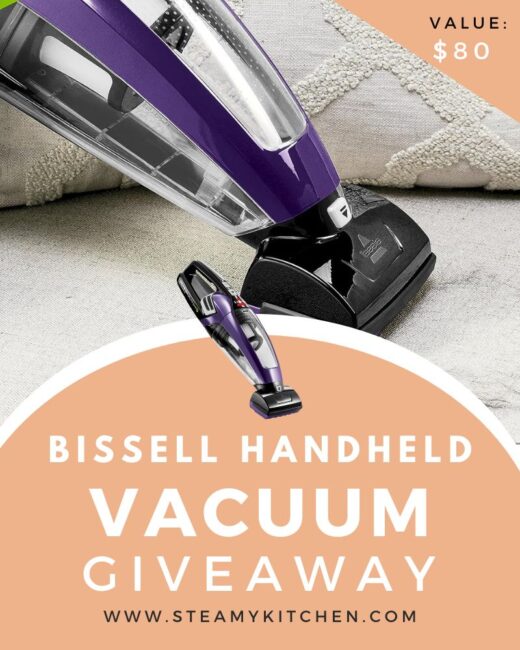
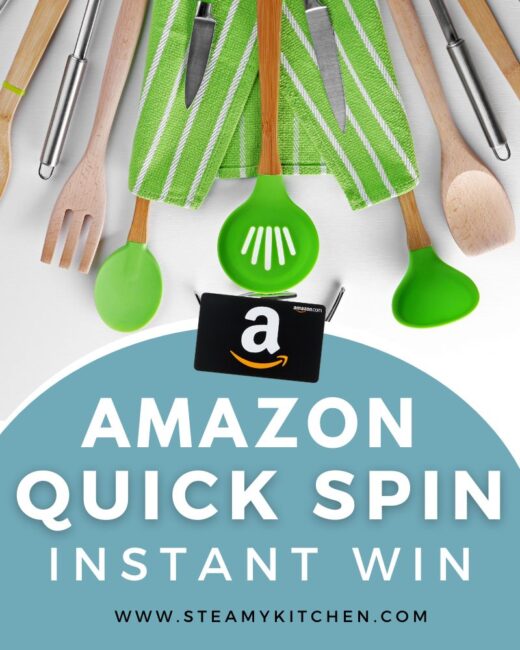



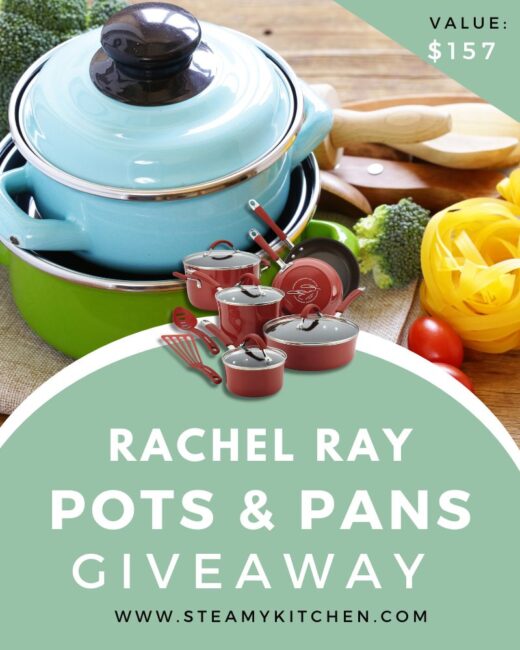



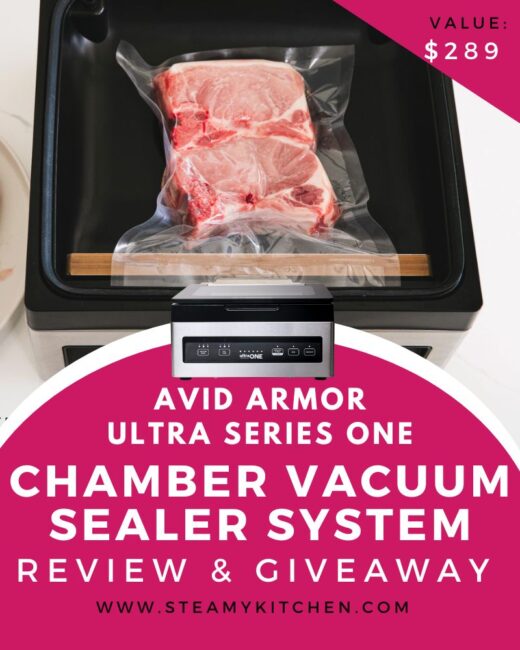

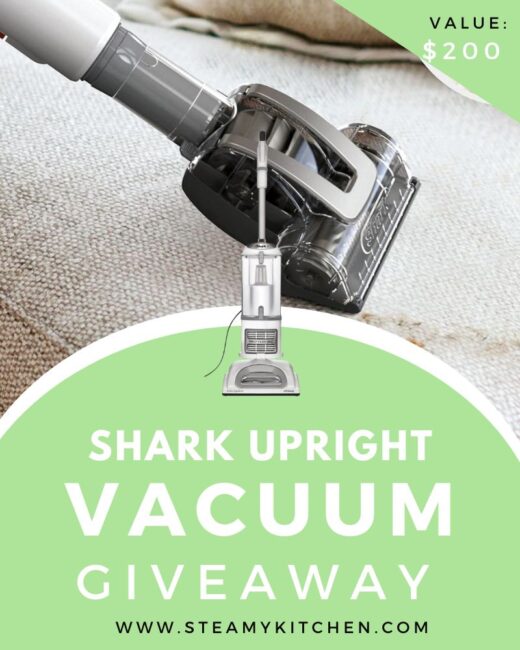












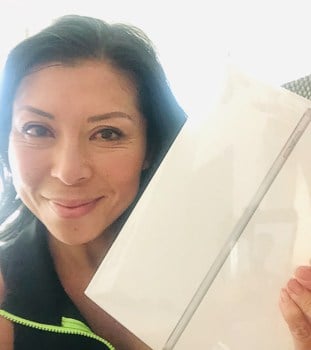
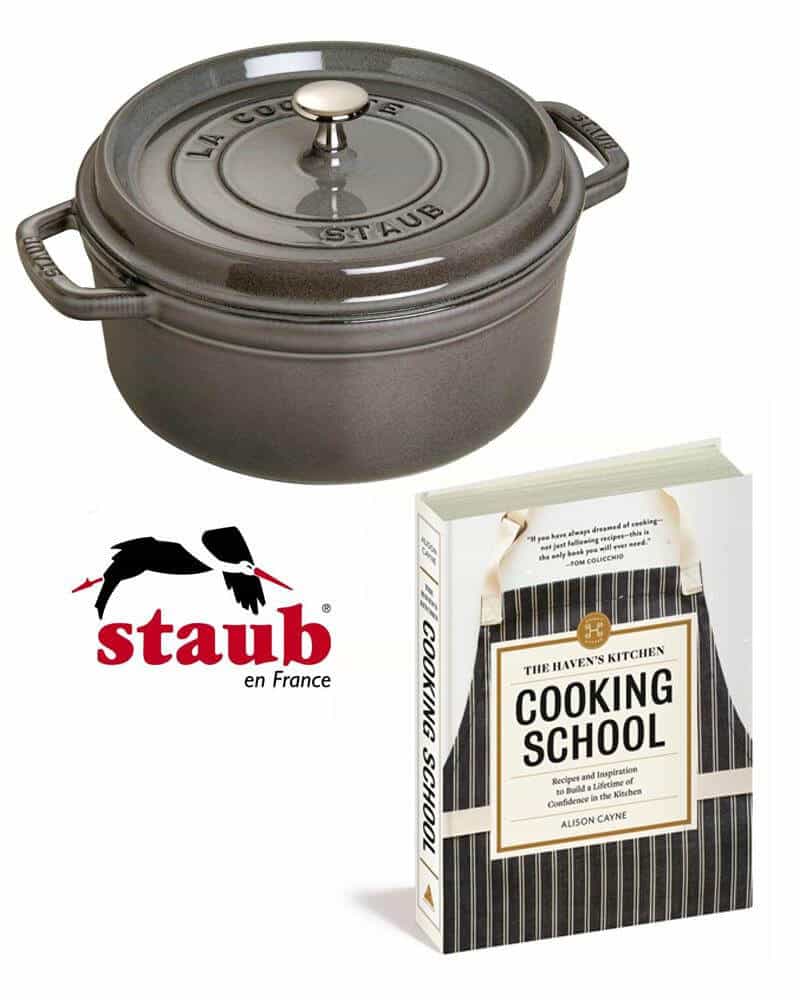
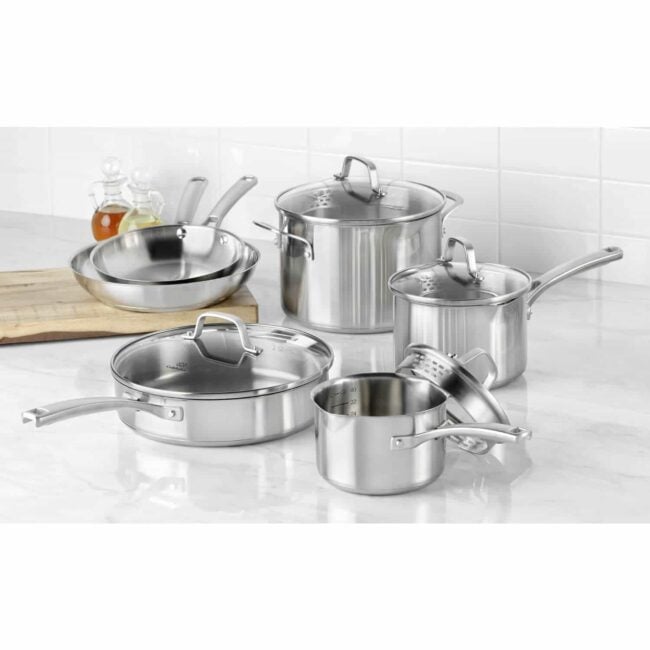
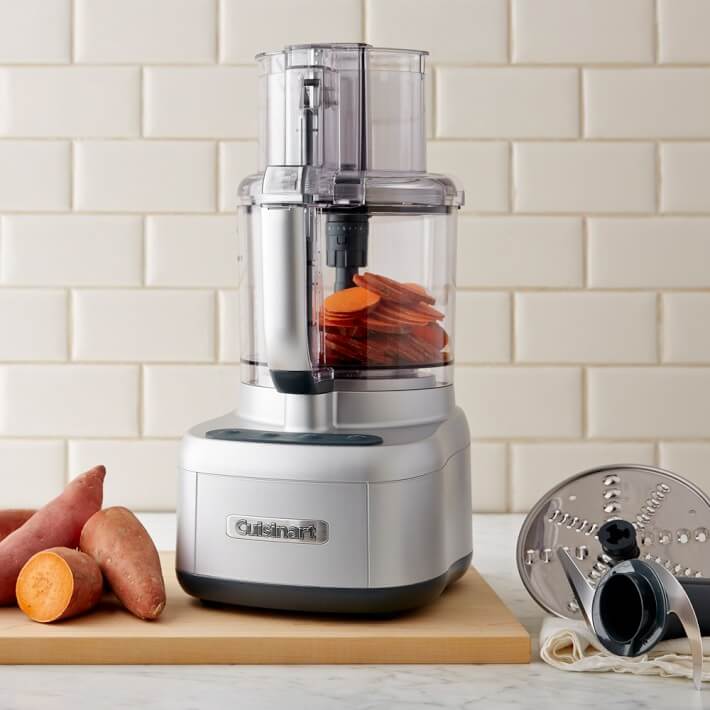



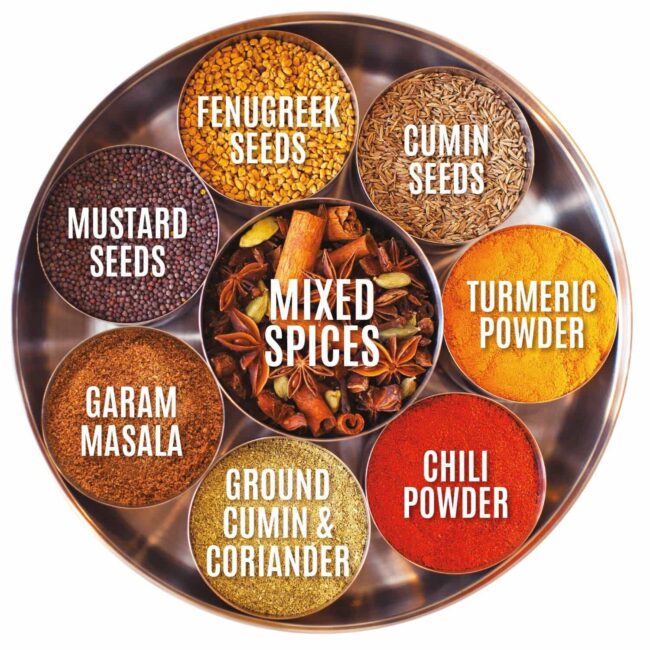
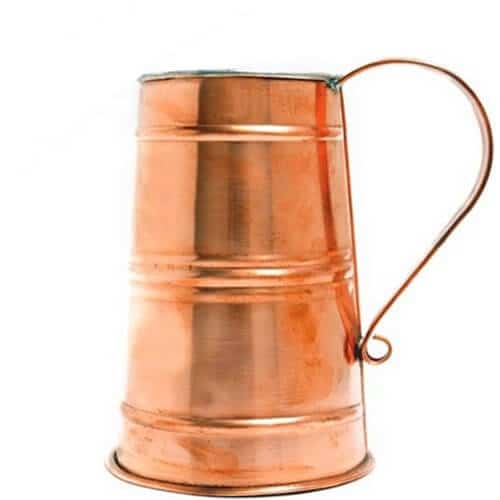



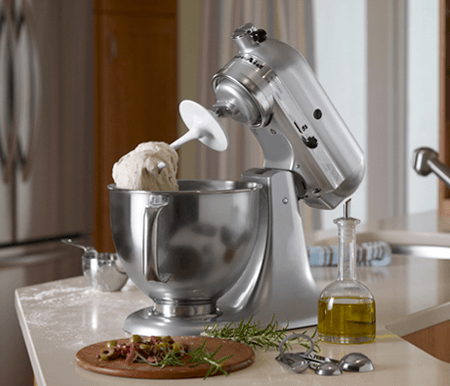

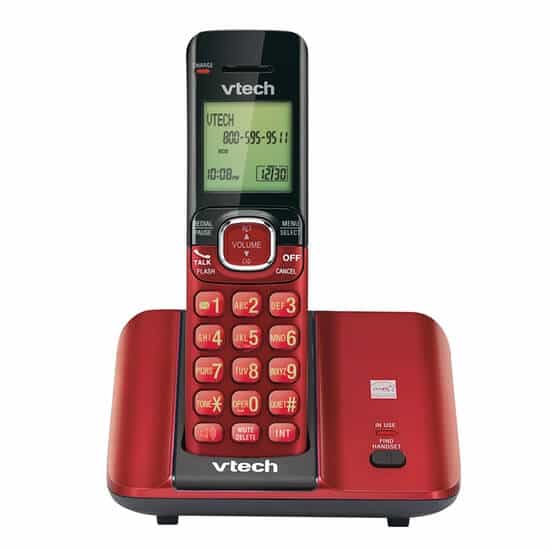

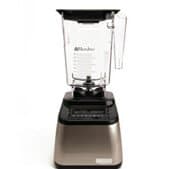


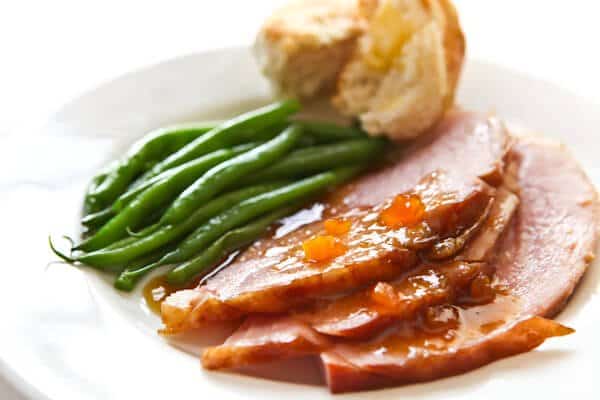



Thank you for all the tips on growing fresh herbs.
I love to use them in the recipes I prepare.
love fresh herbs!